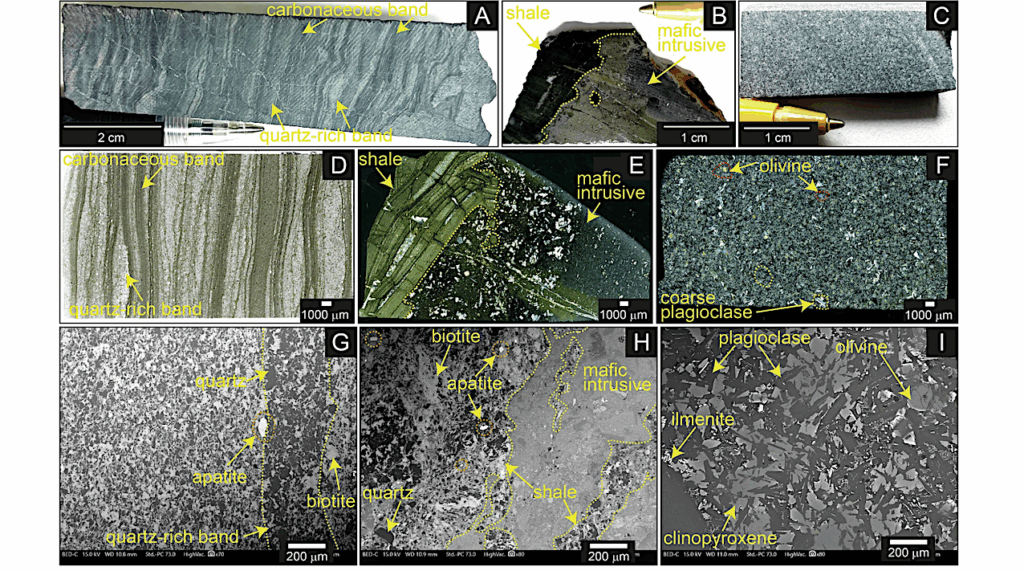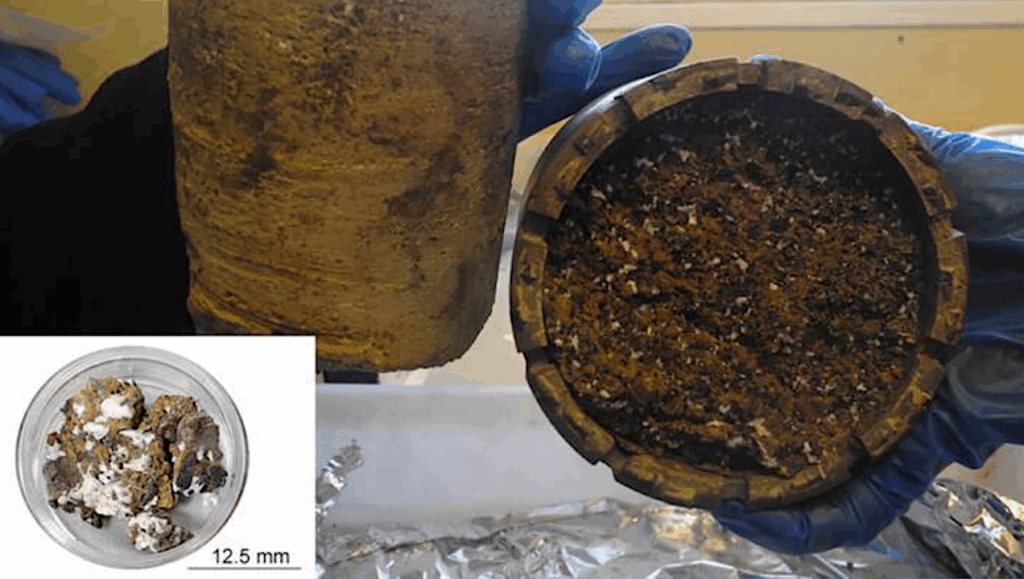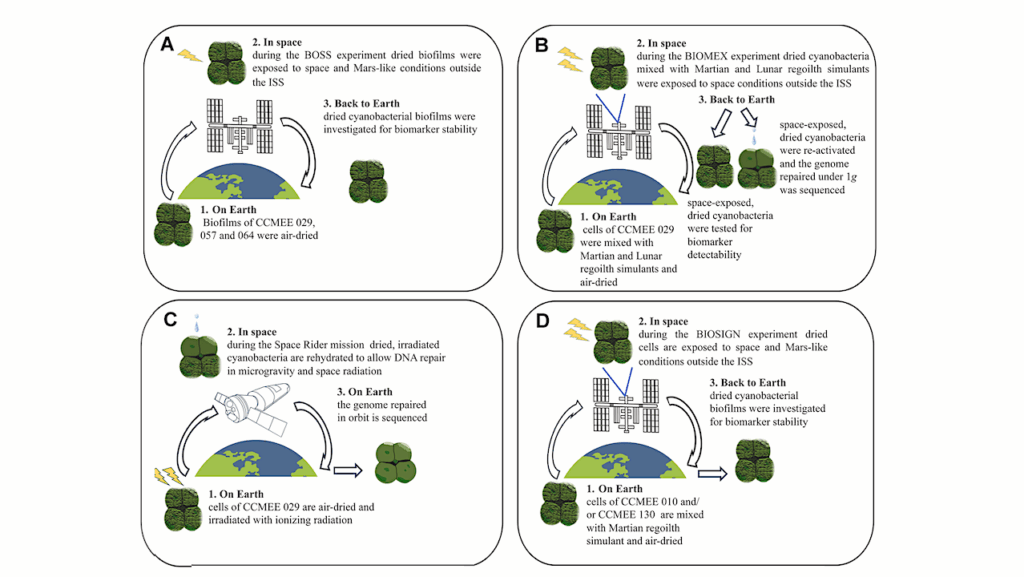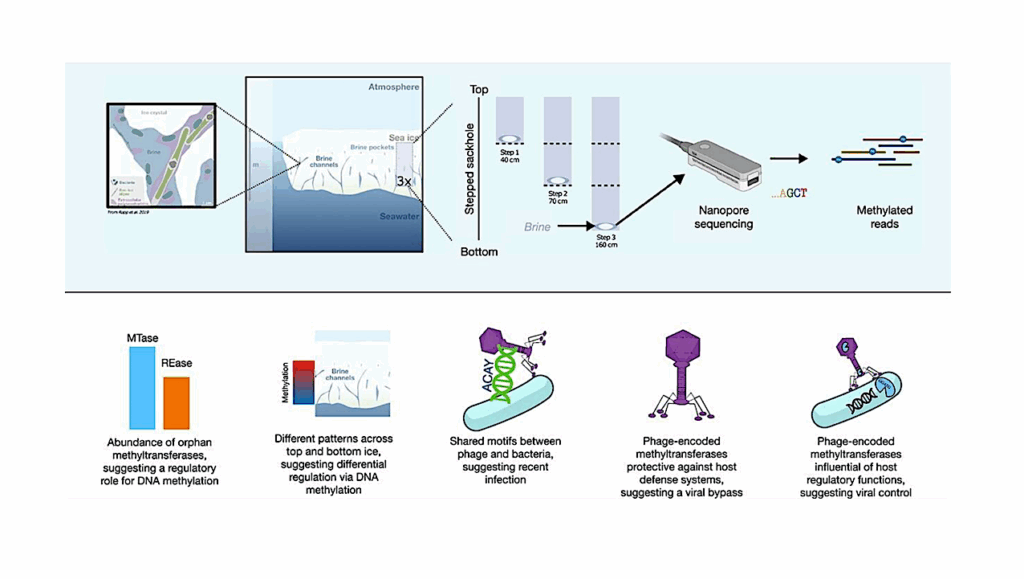Rhinocladiella similis: A Model Eukaryotic Organism for Astrobiological Studies on Microbial Interactions with Martian Soil Analogs
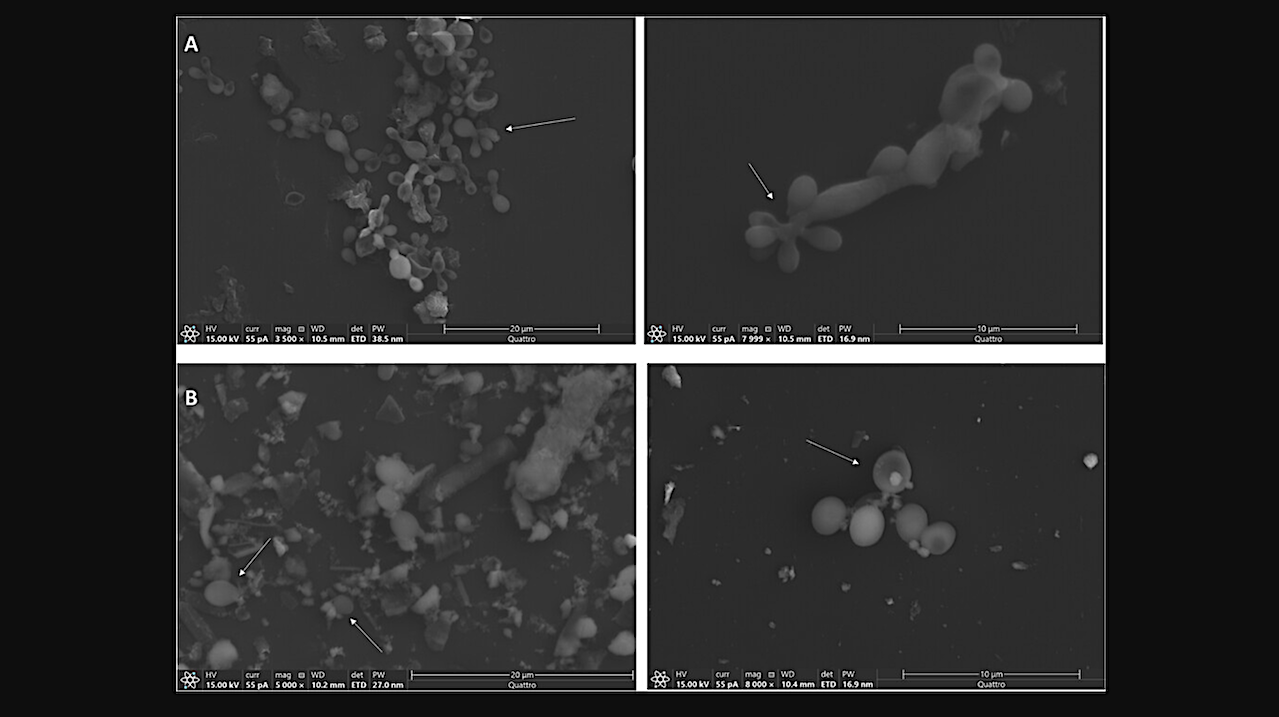
The exploration of our solar system for microbial extraterrestrial life is the primary goal of several space agencies.
Mars has attracted substantial attention owing to its Earth-like geological history and potential niches for microbial life. This study evaluated the suitability of the polyextremophilic fungal strain Rhinocladiella similis LaBioMMi 1217 as a model eukaryote for astrobiology.
Comprehensive genomic analysis, including taxonomic and functional characterization, revealed several R. similis genes conferring resistance to Martian-like stressors, such as osmotic pressure and ultraviolet radiation.
When cultured in a synthetic Martian regolith (MGS-1), R. similis exhibited altered morphology and produced unique metabolites, including oxylipins, indolic acid derivatives, and siderophores, which might be potential biosignatures. Notably, oxylipins were detected using laser desorption ionization mass spectrometry, a technique slated for its use in the upcoming European Space Agency ExoMars mission.
Our findings enhance the understanding of extremophilic fungal metabolism under Martian-like conditions, supporting the potential of black yeasts as viable eukaryotic models in astrobiological studies. Further research is necessary to validate these biosignatures and explore the broader applicability of R. similis in other extraterrestrial environments.
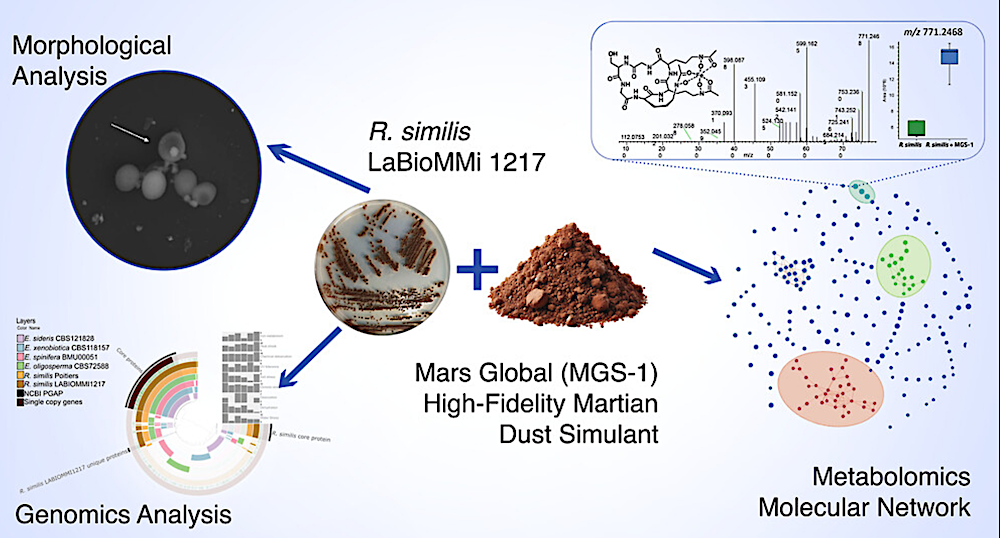
Graphical Abstract — JACS Au
Rhinocladiella similis: A Model Eukaryotic Organism for Astrobiological Studies on Microbial Interactions with Martian Soil Analogs, JACS Au (open access)
Astrobiology,


